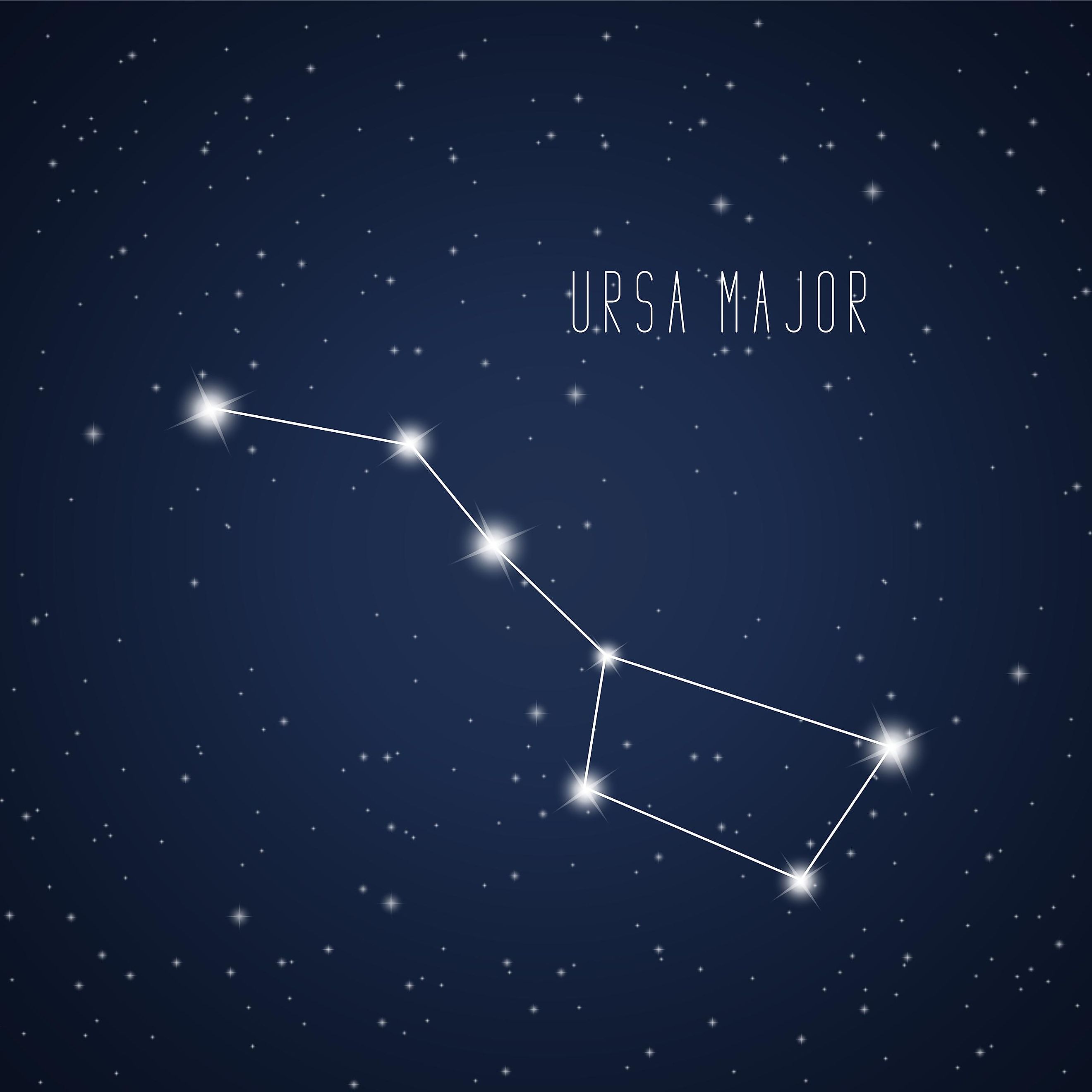Science
Constellations you can see in the spring sky

Who doesn’t like looking up at stars once in a while? Even though the dazzling city lights more often than not overshadow them, it still feels good to just peacefully stargaze sometimes. So here we are with some constellations you can admire in the spring sky.
Known as spring constellations, these are mainly the ones visible most clearly in the months of March to June, in the northern hemisphere. Though the view can differ from region to region, you can almost always spot these constellations in the spring sky –
URSA MAJOR
One of the most easily spotted constellations, Ursa Major is also one of the largest ones to occupy the sky. It is one of the most popular too, easily recognizable from the seven stars that form it. Ursa Major is also known as Great Bear and Big Dipper. In India, it’s commonly known as ‘Saptarishi’. Best seen in an April sky and points directly to Polaris, the pole star or as we call it ‘Dhruvatara’.
LEO
The 12th largest constellation based on size, Leo is one of the earliest recognized constellations. It has a number of names in different languages including Shir, Artan, Arye and Simha, all of which translate to ‘Lion’. It can be easily pointed out in the clear March sky around the time of Spring Equinox. Also, the ‘hook’ of the Big Dipper points to it and its brightest star Regulus is easily identifiable.
HYDRA
The largest constellation Hydra is also the longest and is called ‘The Sea Serpent’ (Hydra) because of these very characteristics which give it its unique shape. Though it is big, it is fairly faint with its brightest star being Alpha Hydrae, also known as Alphard (Arabic, meaning the solitary one). Because this the only star in the entire constellation that falls above third magnitude, it was has been called ‘the heart of the serpent’ and ‘the backbone of the serpent’.
VIRGO
The second largest constellation after Hydra, Virgo can be easily found in the spring sky because of its brightest star, Spica which also happens to be one of the brightest stars in the night sky. This constellation is seen clearest around late May, just at the onset of summer for the Northern hemisphere. This constellation doesn’t have a really defined form but with time you can make out a winged maiden (Virgo, virgin) holding an ear of wheat in her left hand. This ties it to fertility and agriculture and thus it was named for the goddess of harvest in the olden times.
CANCER
Though it is one of the dimmest, the constellation of the ‘crab’ graces the northern hemisphere in Spring. It neighbors Leo and thus can be found with the help of Regulus, Leo’s brightest star. Best seen in the clear March night especially if there is no moon, it also houses one of the sky’s brightest star clusters- the Beehive Cluster which though faint from naked eyes, can be seen in all its glory even with ordinary binoculars.






































